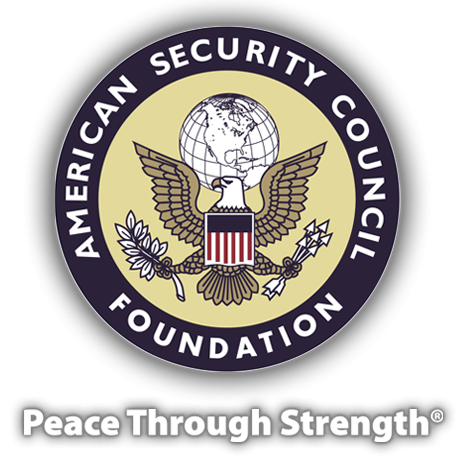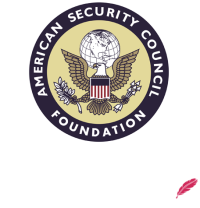An Argument for National Service
Periodically, our commentators and columnists bring up the always controversial subject of returning to the draft. Not long ago, one wrote about the unaffordability of the volunteer Army. More recently, there have been articles regarding sequestration and its impact on recruiting when potential volunteers consider reduced end strengths, reductions in force, stretchedout promotions, curtailment of family programs and medical services, and threatened retirement changes. There have always been good, logical arguments favoring a draft.
Almost all 18-year-olds would benefit from the training, discipline and sense of direction that accrue during two years in military service. The return in citizenship, patriotism and a better-qualified workforce is a normal result. A draft would ensure a more representative cross section of the population. We could save all the money that now goes to paying for the recruiting stations, the thousands now assigned to recruiting duty and the advertising bill needed to attract new personnel. We could also maintain the strength of the National Guard and Army Reserve more easily.
The Army doesn’t need the draft, however, and doesn’t want it. In the past 40 years, the Army has seldom failed to meet its recruiting goals. It has had satisfactory numbers—even during wartime—and has had a constantly improving quality standard. It has developed and trained its leaders to guarantee job satisfaction in the ranks and family satisfaction in the community, two goals that affect retention when the Army is overstressed because it is too small.
It has consistently maintained what is widely considered to be the best Army in the world. There is an almost universal belief that satisfying those goals would not be possible if the end-strength authorization were increased by the hundred thousand or two hundred thousand recommended by AUSA in the past few years. There are no facts substantiating that belief; it is just what “everybody knows.”
What everybody ignores is the fact that the volunteer Army was organized at 780,000 and was maintained at that strength with volunteers until the Cold War ended. The first “peace dividend” resulted in the overcommitted, overstressed, toosmall Army that we have had ever since. Given all those pluses and minuses, however, there is one factor that almost forecloses on considering a draft: fairness.
The Army, even if expanded to its required size, needs fewer than 100,000 recruits annually, but the 18- year-old population is counted in the millions. Who will select the one out of 30 or 40 or 50 eligibles, and how will it be done? The only times in history that a draft law was tolerable was when we needed millions in the services to fight a major war to protect the nation from a direct threat. That argument, simplistic though it is, seems to explain why the armed services see no need for and do not want to return to a draft.
Nevertheless, that is not an argument for opposing a national service draft aimed at capitalizing on those good and logical reasons for calling up all 18-year-olds for a period of training and initial service to the nation. If all high school graduates were called up for six months of basic training followed by 18 months of specialized training to fill the needs of what might be termed the total service industry, the country could benefit substantially.
Trainees could choose their field for continued training, and the armed forces might well have quotas to be filled, but so might the teaching profession, medical services, police forces and civil servants. Fundamental training in such pursuits as agriculture, animal husbandry, business development, communications, public affairs, civics and journalism, and space operations could be made available. For such a program, the armed services could be tasked to conduct the six months of basic training.
They have the trainers and facilities for the job, but we should volunteer them only if the manpower and funds are not deducted from the services’ end strengths and the defense budget. A national service program should be a separate enterprise that would contribute to many professional starts by the individuals taking part. Those who choose the armed services would be enlisted after the first six months and then counted in the service organizations.
There was a national program that might well serve as a pattern for national service. In the 1930s, President Franklin D. Roosevelt established the Civilian Conservation Corps, in which cadres of Army officers and NCOs put thousands of young volunteers to work cleaning up and improving our national parks and national forests, and constructing needed facilities, roads, firebreaks and anything else that facilitated the management of those areas.
The program was terminated shortly after the United States became involved in World War II, after having established an impressive record of service. Perhaps more importantly, though, it produced a large pool of trained and motivated men needed to build the forces for that war. The potential value of a national service program has never been adequately addressed since that time.
There is no reason to think that the draft has always been meant for the Army or the armed forces. There are many other professions— such as teaching, nursing and civil service—that can benefit from encouraging a kind of head start in their ranks. Such a program would be initially costly because of the numbers of 18-year-olds involved, but it would ultimately pay for itself as its trainees enter the workforce or go on to an advanced education. Certainly, in comparison to our entitlement programs, it would be a worthy investment.
GEN Frederick J. Kroesen, USA Ret., formerly served as Vice Chief of Staff of the U.S. Army and commander in chief of U.S. Army Europe. He is a senior fellow of AUSA’s Institute of Land Warfare and Vice President of the American Security Council Foundation.











